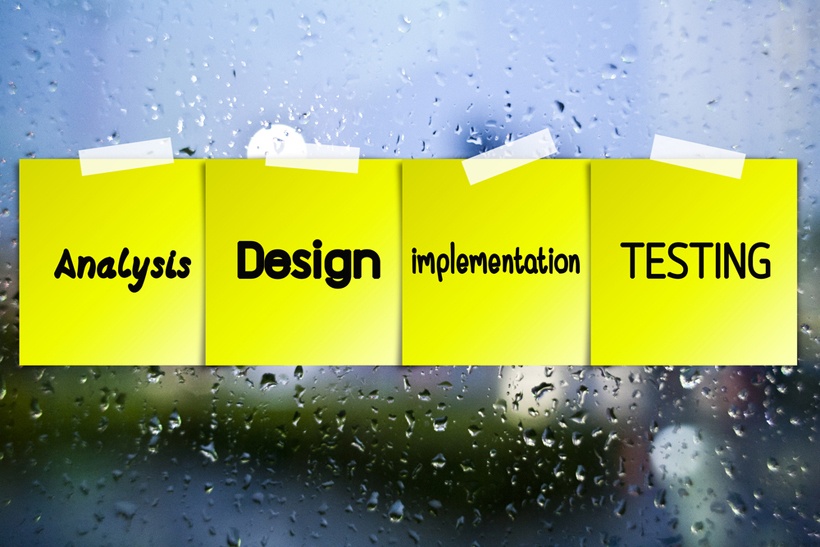Reasons Why Agile Is Important For eLearning Development Nowadays
If you have been working in the eLearning industry for a long time, then you must be aware of the traditional model that we usually use for eLearning development. But, will the traditional model of eLearning development still work today? Shouldn’t we switch to a newer model called Agile? Agile is important for eLearning development as it is more robust and enables us to develop innovative learning solutions.
"Agile is the ability to adapt and respond to change...agile organizations view change as an opportunity, not as a threat." - Jim Highsmith
Before we deep dive into why Agile is better in order for us to develop eLearning solutions, let's first understand the traditional model of learning called ADDIE, and its pros and cons.
ADDIE has been around since the late 1950s and has been the basis of many variations. ADDIE is an acronym that stands for Analysis, Design, Development, Implementation, and Evaluation. In simple words, each phase in ADDIE should be completed first before moving on to next phase. For instance, you typically determine the audience and tasks during the analysis phase. It is during this phase when you ask questions like 'Who is the target audience?', 'Are there any constraints?', 'What are the deployment options that we have with us?', or 'What are the project milestones?', and so on.
Pros Of ADDIE
- ADDIE, as you all probably know, is the most traditional and common way to develop an eLearning solution. It is a model where the completion types are easier to gauge because larger pieces of the project are planned well in advance.
- It is easier even to evaluate the development of the larger pieces.
Cons Of ADDIE
However, ADDIE has its own set of disadvantages, which include the following:
- It may be difficult to pick up anything that is missed during the Analysis and Design phases.
- The unavailability of resources can highly impact the project plan, and this can be a major bottleneck in the eLearning development.
- In case there is any change in scope then it may prove to be costly to implement.
In contrast to the ADDIE methodology, the Agile methodology typically produces small pieces of content quickly and then helps to evaluate, refine, and expand them over several iterations. The Agile model is like several small ADDIE projects that are being executed at one point in time but are linked to each other.
Why Is Agile Important?
Now, let us see 5 reasons why Agile is important today for eLearning development. It:
1. Involves All The Stakeholders Together Very Early
Agile helps bring together all the stakeholders, such as Instructional Designers, Subject Matter Experts or SMEs, Visual Designers or VDs, UI Developers, and QAs in the project. Moreover, the Agile model also helps to bring them very early during the eLearning development and keeps them involved throughout the project.
2. Delivers What The Client Wants And Needs
Agile helps us to empathize with the learner, and it gives us an opportunity to discuss their needs and requirements to deliver an innovative and effective learning solution. With Agile methods, the involvement of the client is the most important part of the process. This makes it easier to deliver a product that exceeds the client expectations.
3. Addresses Any Changes To The Deliverables Quickly
In this model, we normally work in sprints, and a sprint is usually made of 2-3 weeks only. So, this means that we have defined tasks that need to be conducted during that period. Since it is an iterative process, the eLearning course has to be delivered at regular intervals. In case there are many issues, you can easily resolve them at every iteration without impacting the quality of the eLearning course.
4. Promotes Communication And Collaboration
Agile is a process where you are required to have frequent collaboration between the stakeholders. Due to an increase in communication, it helps reduce any misunderstandings and provide greater team cohesion.
5. Allows Flexibility To Provide Constant Feedback
Traditionally, you used to gather feedback from the client once you had completed the development of an eLearning solution before making any necessary changes. However, the Agile model provides you with the flexibility to release certain components in frequent iterations. This gives an advantage to the client to share their feedback or inputs on a regular basis and help incorporate them along the production journey. This also enables the clients to offer their ideas and suggestions at any point rather than having to wait until they see the finished product.









